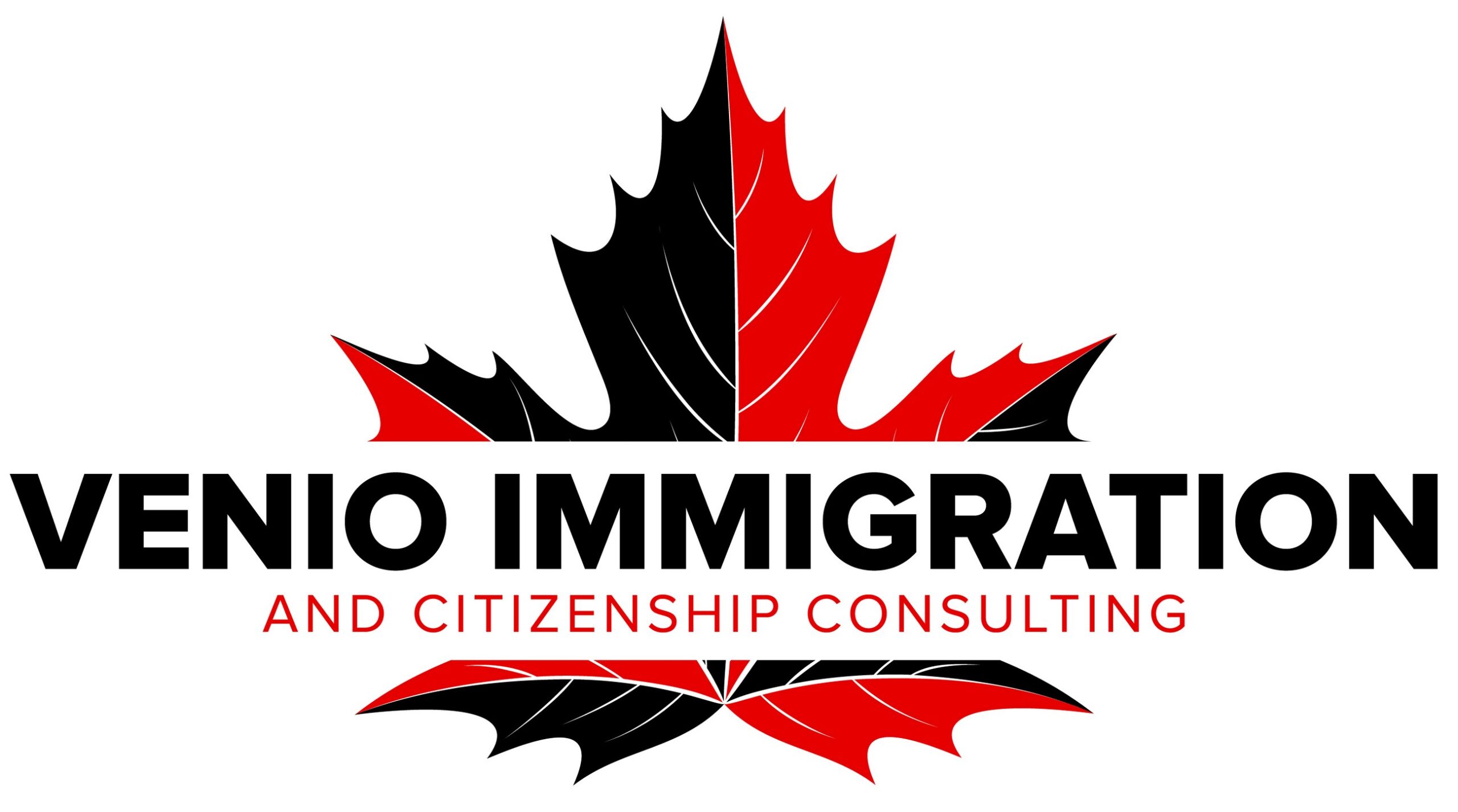Does the letter of explanation make a difference in the processing of a visa or immigration application to Canada and the decision of the IRCC officer?

In the Canadian immigration process, the explanatory letter can play a crucial role in obtaining a visa or residence permit, and make the difference between a positive decision and a refusal of a visa or permit. Often underestimated, this letter can influence the Immigration, Refugees and Citizenship Canada (IRCC) officer's decision by providing clear context and relevant information about the applicant. This article explores the importance of the letter of explanation in the processing of an immigration application to Canada and how it can impact the decision of the IRCC officer. We will also discuss the different types of letters of explanation, the consequences of submitting an application without a letter of explanation, the format, content and general structure of a good letter of explanation, and the attachments to include.
What is a letter of explanation?
The letter of explanation, also known as the letter of motivation, is a document written by the immigration applicant to explain why he or she wishes to immigrate to Canada. This letter enables the applicant to highlight his or her skills, qualifications and motivations, and to explain in detail his or her personal and professional situation. It is particularly important when an immigration application presents unusual or complex elements that require clarification.
The importance of the cover letter in the immigration process
The letter of explanation can play a crucial role in the processing of an immigration application and the IRCC officer's decision. Here are a few points that illustrate its importance:
a. Clarifying information
The letter of explanation allows the applicant to clarify certain information that may be misunderstood or ambiguous in the official documents. It also helps explain any special circumstances that may influence the IRCC officer's decision.
b. Highlighting skills and qualifications
The letter of explanation is an opportunity for the applicant to highlight his or her skills, qualifications and professional experience, which can strengthen the application.
c. Personal motivations
By explaining their personal motivations, applicants demonstrate their commitment and determination to integrate into Canadian society, which can be an asset in their application.
d. Humanizing demand
The letter of explanation adds a human dimension to the immigration application, allowing the IRCC agent to better understand the applicant's personal context and issues.
Mistakes to avoid when writing a letter of explanation
For a letter of explanation to be effective, it's important to avoid certain common mistakes:
a. Lack of clarity and precision
It is essential that the letter be clear, precise and well structured, so that the IRCC agent can easily understand the information presented.
b. Excessive length
A letter of explanation that is too long may discourage the IRCC agent and make it difficult to read. It's best to keep it concise and present only the essential information.
c. Errors of language and style
Spelling, grammatical and stylistic errors can damage the applicant's credibility. It is therefore important to proofread the letter carefully, and to have it proofread by a competent person.
d. Inappropriate content
It's important to remain professional and not to include unnecessary personal information or superfluous details.
Tips for writing an effective letter of explanation
Here are a few tips for writing a letter of explanation that will make all the difference:
a. Getting ready
Before you start writing, it's important to be well-informed about the immigration criteria and to think about the elements of your application that you want to highlight.
b. Adapt the letter to the type of request
The letter of explanation must be adapted to the type of immigration application (student, skilled worker, family reunification, etc.) and to the specific criteria of the program chosen.
c. Be sincere and authentic
It's essential to present your motivations and skills sincerely and authentically, without embellishing reality.
d. Proofread and have proofread
A well-written, error-free letter of explanation is essential to make a good impression on the IRCC agent.
The different types of letter of explanation
Depending on the type of immigration application and the specific circumstances of each applicant, the letter of explanation may take different forms. Here are some examples of the types of letters of explanation commonly used in Canadian immigration applications:
a. Letter of explanation for international students
International students must explain why they have chosen Canada as their study destination, the program of study and institution chosen, and their plans for the future after graduation. They must also demonstrate their financial ability to cover tuition and living expenses while in Canada.
b. Letter of explanation for skilled workers
Skilled worker applicants should emphasize their skills, work experience and qualifications, as well as why they believe they can make a positive contribution to the Canadian economy. It's important to mention links to the Canadian job market, such as a job offer or potential professional contacts.
c. Letter of explanation for family reunification
In the case of an application for family reunification, the letter of explanation must describe in detail the relationship between the applicant and the family member residing in Canada, as well as the reasons why reunification is necessary. Evidence of financial and emotional support, as well as integration and housing plans, are also important elements to address.
d. Letter of explanation for asylum seekers
Asylum seekers must explain the circumstances that led them to flee their country of origin and seek Canada's protection. It is crucial to describe the persecution, threats or violence suffered, as well as the reasons why a return to the country of origin is not an option.
e. Letter of explanation for waiver request
In some cases, an immigration applicant may need to apply for a waiver on humanitarian grounds, or for medical, financial or other reasons. In such cases, the letter of explanation must explain in detail the exceptional circumstances that justify the waiver, as well as the negative consequences that refusal of the application could entail for the applicant and his or her family.
In short, it is essential to adapt the letter of explanation to the type of immigration application and the specific circumstances of each applicant. A well-written letter of explanation adapted to the applicant's situation can make all the difference and increase the chances of obtaining the IRCC officer's approval.
Consequences of submitting an application without a letter of explanation
Although a letter of explanation is not always mandatory, it can play a decisive role in the success of an application to immigrate to Canada. Submitting an application without a letter of explanation can have several negative consequences, including :
a. Delay in processing the application
The absence of a letter of explanation may make certain information ambiguous or difficult for the IRCC agent to understand, which may result in a delay in processing the application. The IRCC agent may also request additional information to clarify certain points, which would extend the processing time.
b. Failure to understand the applicant's situation
Without a letter of explanation, the IRCC agent may fail to grasp the applicant's motivations, skills and qualifications, or the specific circumstances surrounding the application. This could hinder the overall assessment of the application and reduce the chances of approval.
c. Negative decision
In some cases, the absence of a letter of explanation may result in an unfavorable decision by the IRCC officer, especially if the application presents complex or unusual elements that require clarification. The letter of explanation allows the applicant to provide important contextual information that may influence the IRCC officer's decision.
d. Loss of the human touch
The absence of a letter of explanation can deprive the applicant of the opportunity to give a human dimension to his or her application. The letter is an opportunity to present the applicant's personal issues and aspirations, which can strengthen the application and facilitate the IRCC agent's decision.
To avoid these negative consequences, it is strongly recommended that you write and submit a letter of explanation with your application to immigrate to Canada. By providing clear, precise and relevant information, the applicant will be able to optimize his or her file and increase the chances of obtaining the IRCC officer's approval.
Presentation, content and general structure of a good letter of explanation: content and form
To write an effective letter of explanation, it's essential to pay attention to presentation, content and overall structure. Here are a few tips to ensure that your letter of explanation is well-written, both in terms of content and form:
a. Presentation:
- Use a standard letter format, with your contact details, those of the IRCC, the date and a clear subject heading.
- Choose a legible font and an appropriate text size (usually 11 or 12 points).
- Ensure that margins and line spacing are consistent and easy to read.
- Reread the letter carefully to correct any spelling, grammatical or stylistic errors.
b. Contents :
- Start with an introduction that briefly presents your immigration application and the purpose of the letter of explanation.
- Elaborate on the key points related to your request, using concrete examples and factual elements.
- Address aspects specific to your situation, such as skills, qualifications, motivations, special circumstances or reasons why you think your application deserves approval.
- End with a conclusion that summarizes the key points and expresses your gratitude for the consideration of your request.
c. General structure :
- Organize the letter into several distinct paragraphs, each dealing with a key point or specific idea.
- Use headings and subheadings to separate the different sections and make the letter easier to read.
- Make sure each paragraph is well developed and structured, with a clear main idea and supporting evidence or explanation.
- Make sure your letter has a logical flow, moving coherently from one idea to the next.
By following these tips for the presentation, content and general structure of your letter of explanation, you'll put all the chances on your side to write a letter that's both convincing and enjoyable to read. A well-crafted, well-structured letter of explanation will make it easier for the IRCC officer to understand your application, and will increase your chances of obtaining a positive response to your application to immigrate to Canada.
Enclosures to the letter of explanation
When you write a letter of explanation for your application to immigrate to Canada, you may need to attach additional documents to support your arguments or clarify certain points. Here are some examples of attachments commonly used to supplement the letter of explanation:
a. Proof of skills and qualifications :
- Diplomas, certificates and transcripts.
- Training or internship certificates.
- Letters of recommendation from employers, teachers or colleagues.
b. Evidence of financial support :
- Recent bank statements.
- Letters of employment or promotion.
- Proof of scholarships or funding.
c. Proof of family ties :
- Marriage, birth or partnership certificates.
- Letters of support from family members living in Canada.
- Proof of correspondence or regular communication with the family.
- Photos of family events
d. Evidence of special circumstances :
- Medical or psychological reports.
- Legal documents (for example, in the case of an asylum application).
- Testimonial letters from people who have experienced similar situations.
When attaching documents to your letter of explanation, be sure to follow these best practices:
- Clearly state attachments in the letter of explanation, indicating their relevance and the reason for their inclusion.
- File and organize documents logically, using dividers or separators where necessary.
- Provide official translations documents written in a language other than English or French, accompanied by a translation certificate.
- Include only copies of documentsand not originals, unless IRCC specifically requests originals.
Enclosing relevant, well-organized documents with your letter of explanation will enhance the credibility of your application and make it easier for the IRCC agent to assess your file. Be sure to provide only necessary and relevant documents, to avoid overloading your application with unnecessary information.
In short, the letter of explanation can make a real difference in the processing of an immigration application to Canada. It allows applicants to provide contextual and personalized information that can positively influence the IRCC officer's decision. By writing a letter of explanation adapted to your situation, following the advice on presentation, content and structure, and providing relevant attachments, you will increase your chances of success in your immigration process. Remember that every application is unique, and it's important to personalize your letter of explanation to highlight your strengths, motivations and special circumstances.







